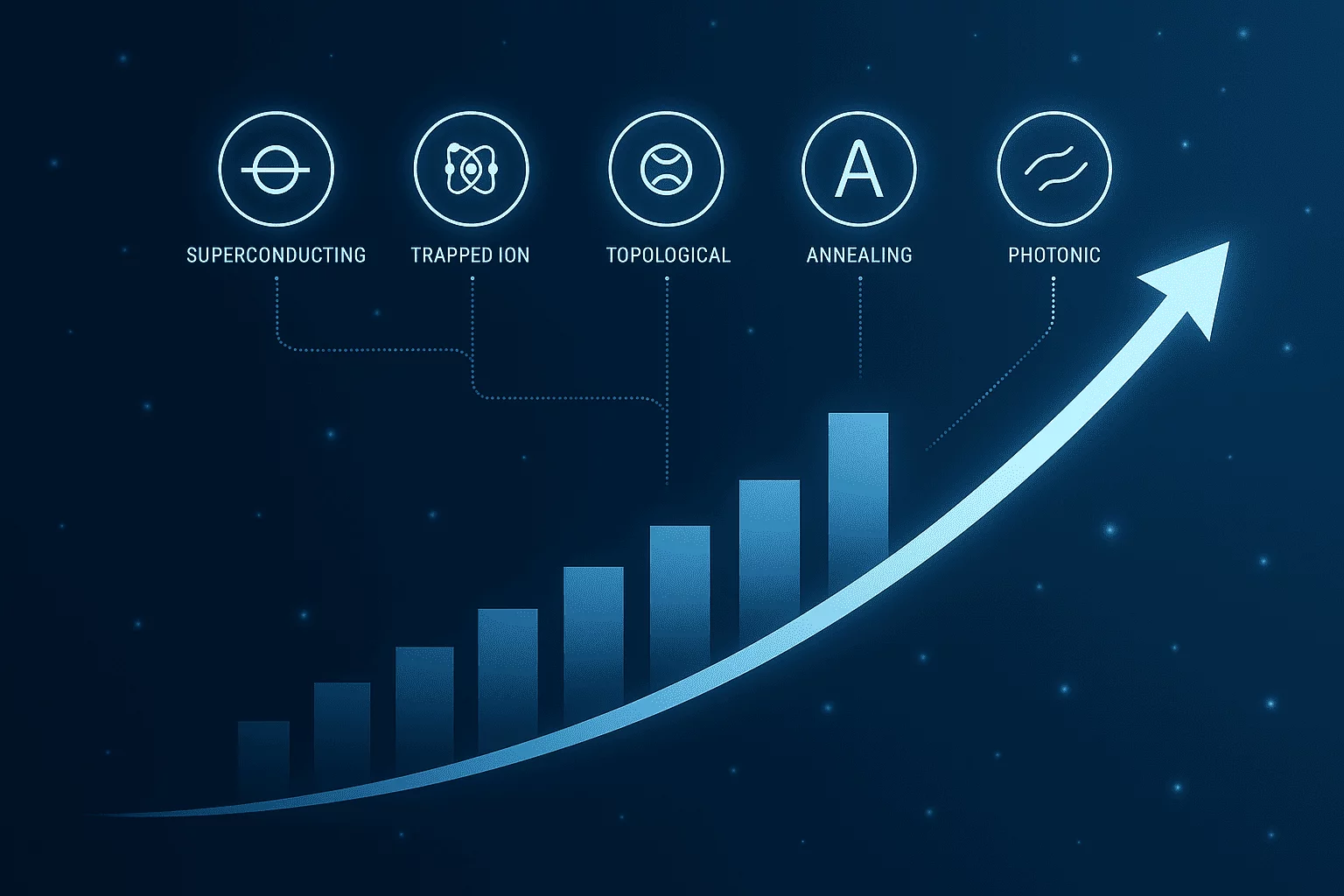In early 2025, former President Donald Trump reintroduced aggressive tariffs, citing national security under Section 232 of the Trade Expansion Act and even the International Emergency Economic Powers Act (IEEPA). With sweeping levies—ranging from 25% on auto imports to 50% on steel and aluminum, up to 145% on Chinese goods, and threats of 50% tariffs on the EU—the tactic has stunned global markets. An in-depth analysis exploring whether Trump’s 2025 national‑security tariffs mark a tactical bluff or a structural overhaul of U.S. trade policy.
But is this a calculated negotiation tactic—what critics dubbed “Trump Always Chickens Out” or TACO—or a deeper pivot toward economic isolationism and decoupling? To understand, we must look at legal boundaries, economic impacts, global reactions, and geopolitical ramifications. This blog shares a warm, empathetic narrative, balanced with hard facts and figures, to reveal what lies beneath the headline threats.
The Tariffs Tactical Bluff Arsenal: Scope and Legal Justification
Unprecedented Tariff Rates
In just a few months, Trump’s tariffs ballooned to levels not seen in the modern era:
- Auto imports: 25% as of March 26, 2025
- Steel & aluminum: Doubled from 25% to 50% on June 4, 2025 under Section 232
- Chinese goods: Up to 145% total, combining “fentanyl tariffs”, reciprocal tariffs, and baseline duties
By June, the U.S. had gone from a ~2.5% average tariff in January to around 15.1%, with peaks far higher on targeted goods.
Legal Foundations: Section 232, IEEPA, Trade Act
Tariff authority rests on three pillars:
- Section 232: Permits tariffs for national security (e.g. steel, aluminum, autos)
- IEEPA: Used to declare trade deficits an emergency, enabling global tariff imposition (the “Liberation Day” tariffs)
- Trade Act Sections 122 & 604: Authorize duties in cases of balance‑of‑payments deficits and trade-policy changes
However, the U.S. Court of International Trade (CIT) struck down many IEEPA-based tariffs on May 28, 2025 in V.O.S. Selections v. United States, stating IEEPA doesn’t grant tariff powers. The decision is under appeal, and a stay was granted, keeping tariffs in place while legal proceedings continue .
Tactical Bluff or Strategic Overhaul?
The Tactical Bluff Hypothesis
- TACO pattern: Trump routinely announces dire tariffs, then delays them—buying time to negotiate while markets brace.
- Market sensitivity: After April global-tariff news, the S&P 500 recorded its worst day in five years; the 500 wealthiest lost $208 billion. Six days later, some were paused—an immediate sign the threat may be strategic rather than sustained.
- Polling influence: With ~60% of Americans fearing tariffs would raise consumer prices, the White House often retreats slightly post-announcement.
These moves resonate with past patterns that suggest political posturing. By setting alarmingly high tariffs, Trump gains leverage—but pulls back just enough to avoid widespread backlash.
The Policy Shift Argument
- Scale and breadth: Elevating average tariffs to over 15%, with some at 145%, far exceeds transactional bargaining.
- Long-term legal groundwork: Ongoing appeals to cement IEEPA authority suggest intent for enduring policy change.
- Structural adjustments: Initiating investigations across pharmaceuticals, semiconductors, critical minerals, timber, aircraft—Tariffs aren’t just stop-gaps but indicators of strategic decoupling .
- Mar‑a‑Lago Accord blueprint: A broader proposal aiming to reshape global trade and currency relationships via security-linked tariffs.
These signal a deeper economic isolationism than mere leverage, suggesting a redefined U.S. trade doctrine rooted in national-security framing.
Economic Ripples: How Deep Could the Impact Be?
Consumer & Manufacturer Pain
- Growth drag: Brookings warns slowed growth, higher prices, job losses, and market volatility are likely outcomes.
- Input cost inflation: Steel especially saw immediate price hikes; sections now hit consumer categories like appliances .
- Supply chain pressure: Manufacturers reliant on global inputs (autos, electronics) are scrambling to reroute or reshore.
Market Volatility
- Immediate shock: April tariffs triggered the S&P’s worst day in five years, wiping out trillions in value.
- Macro trends: Inflation ticked up to 2.4% in May; Trump called for a one-point interest rate cut.
Global GDP at Risk
Bloomberg estimates that if the new tariffs persist, up to US $1 trillion could be lost from global GDP by 2030. Even temporary shocks could fracture tightly integrated supply chains.
Global Pushback: Allies and Adversaries Respond
Canada & Mexico
- Retaliatory tariffs: Canada hit back with 25% on $20–30 billion in U.S. goods; Mexico followed suit after initial delay. USMCA-protected goods have intermittent exemptions.
- WTO challenge: Canada launched WTO disputes; the U.S. risks legal isolation.
EU and UK
- 50% tariff threat: Planned for June–July, later delayed after Brussels called for dialogue .
- Brussels’ response: Proposals include €21 billion in counter-tariffs; Ursula von der Leyen warns of broader service-sector retaliation.
- Strategic stance: EU leaders stress readiness to fight yet desire negotiation—very different from 2018 when divisions prevailed.
China
- Tit-for-tat tariffs: Import duties matched U.S. levels (34% initial, scaling up to 125%).
- Rare-earths leverage: Export curbs on critical minerals underscore geopolitical framing.
- Limited truce: London negotiations secured limited civilian exports while strategic leverage remains .
Global Fragmentation
- New trade blocs emerging: Asia (China, Japan, Korea) and Canada collaborate to sidestep U.S. measures .
- Global trade realignment: These moves represent more than retaliation—they signal an emerging multipolar trade framework.
Legal Battles and Institutional Pushback
Court Rulings
- CIT strikes down IEEPA-tariffs in V.O.S. Selections, emphasizing unconstitutional delegation.
- Appeals pending: A stay allows tariffs to remain temporarily, but legal precedent is at stake.
Regulatory Oversight
- USTR and Commerce defenses: Point to Section 232 and Trade Act authority, stressing continuous review of national security risks.
- Congressional options: New legislation may emerge to limit executive tariff powers, but bipartisan consensus is elusive.
Geopolitical Dimensions
Security as a Shield
Linking trade to national security is more than rhetoric—it’s a tactical justification. By casting tariffs as defense-related, Trump reduces legal constraints and reframes economic relationships as strategic vulnerabilities. This mirrors global trends where critical minerals, semiconductors, and medical supplies are national-security assets.
Realignment vs Isolation
- Diversification: China, Europe, and others are accelerating efforts to reduce dependence on U.S. markets.
- Decoupling momentum: Cross-border cooperation in Asia and other regions challenges the U.S.-led system.
Diplomatic Strain
The aggressive stance undermines alliances, complicates summit diplomacy (e.g., G7), and fractures trust. It offers short-term political advantage, but long-term cost to American soft power and leadership.
Tariffs Tactical Bluff or Structural? Making Sense of the Strategy
| Argument | Tariffs Tactical Bluff Perspective | Strategic Policy Shift Perspective |
|---|---|---|
| Tariff announcements | Often delayed or paused (TACO) | Many stay in place pending legal resolution |
| Legal footing | Reliant on weakened IEEPA claims | Expanding use of Section 232 & Trade Act |
| Global response | Concerned, but segmented | Unified pushback (USMCA, EU, Asia) |
| Economic goals | Domestic political wins | Manufacturing revival & economic separation |
| Geopolitical framing | Temporary negotiation tool | Structural realignment behind security norms |
What This Means for the World
Whiplash Risk for Businesses
Companies now navigate shifting scenarios—from paused tariffs to legal uncertainty. CEOs face disrupted supply chains, volatile costs, and dual-track strategies.
Consumer Burden
Consumers may pay higher prices and face slower innovation as firms internalize costs or delay diversification. Inflation pressures will bite across sectors.
Diplomatic Fallout
Traditional alliances will strain under economic pressure, pushing partner countries toward alternative blocs—and accelerating “economic club” formation.
U.S. Political Outcomes
Tariffs may rally certain domestic constituencies, but their long-term political efficacy is untested—and legal challenges loom large.
Conclusion
Trump’s national-security tariff narrative is neither purely theatrical nor purely doctrinal—but a potent blend of both. The scale and breadth of his 2025 strategy marks a departure from simple negotiation posturing. By intertwining security with economic policy, this approach signals intent to redefine American trade relations.
Yet the presence of tactical pauses (TACO), a highly polarized legal landscape, and global coalition-building suggests this is not yet a fully entrenched system. The next few months—legal rulings, ally responses, supply-chain resilience—will determine whether we’re witnessing a historic transformation or another chapter in an old playbook.
Mattias Knutsson, Strategic Leader in Global Procurement and Business Development, offered a measured summary:
“This isn’t just another attempt to gain negotiation leverage—it’s a clear signal that supply chains are now national-security infrastructure. Businesses must evolve from reactive cost reactions to proactive multi-source resilience. That shift, not the threat itself, marks real policy change.”
More related posts:





